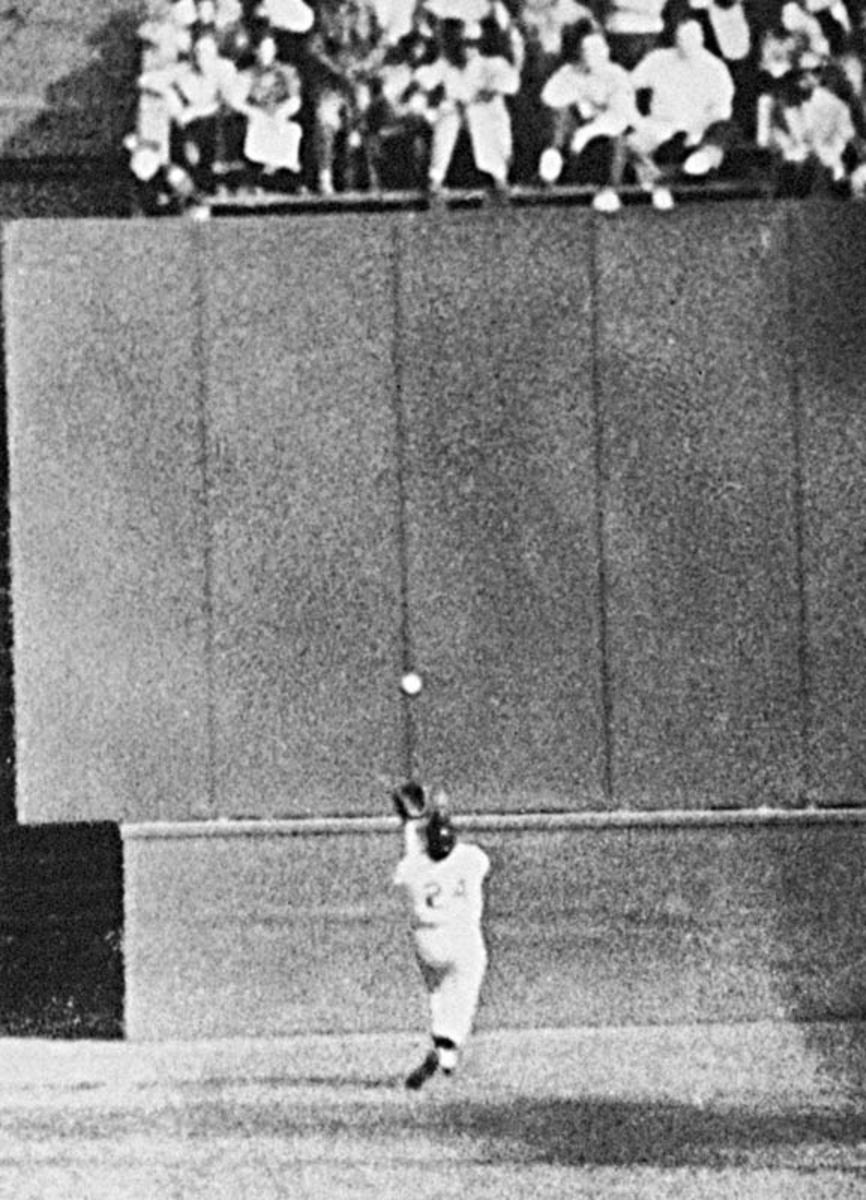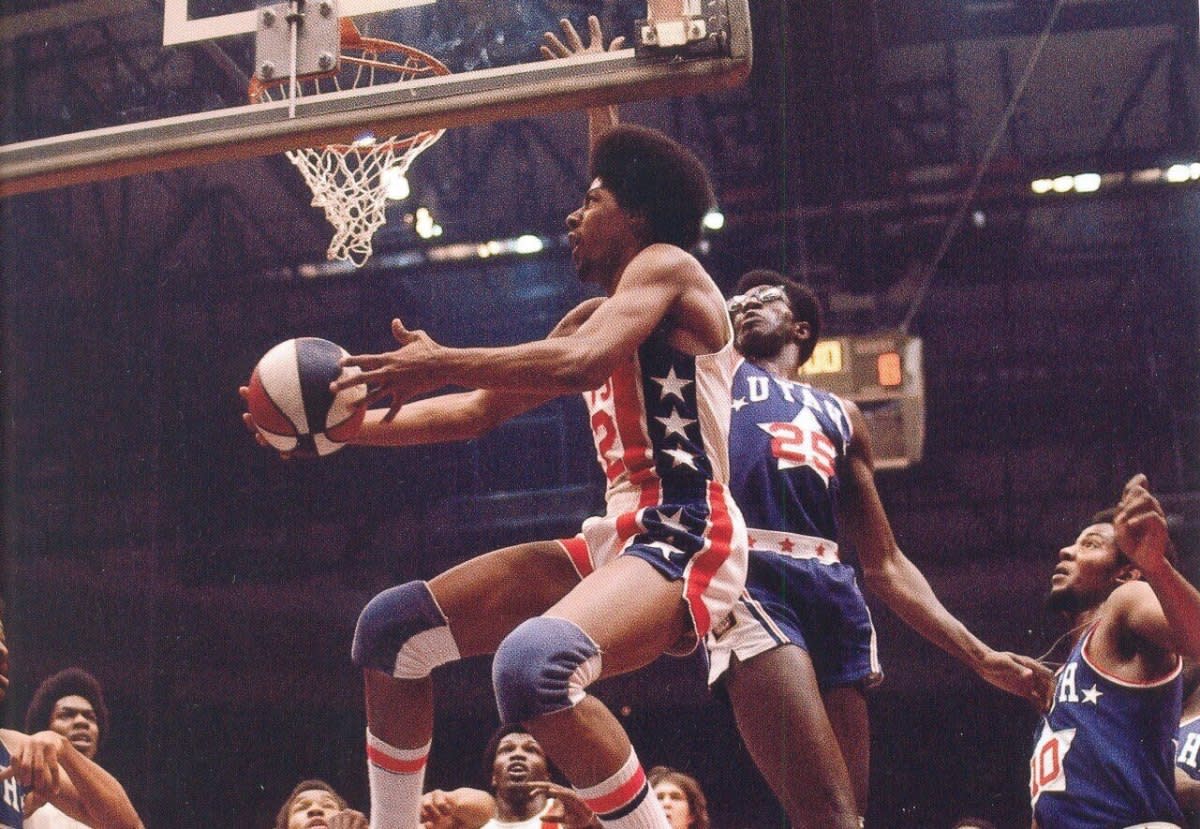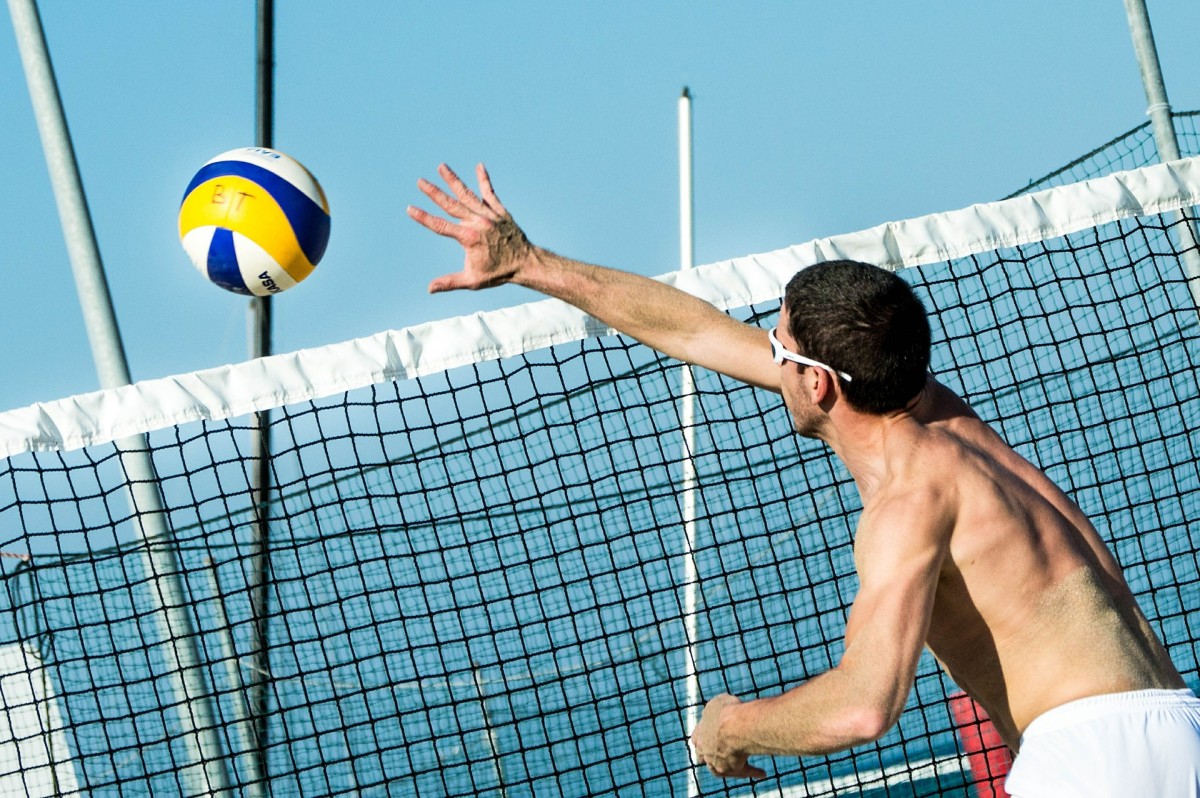Jousting: From Medieval Times To Full Metal Jousting
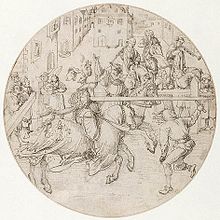
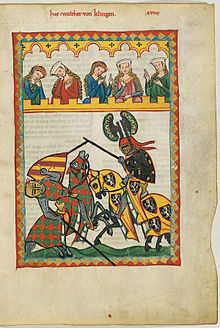
In 2012, the History Channel helped to expose millions of people around the world to the medieval sport of jousting. The venue was “Full Metal Jousting (FMJ).” A reality show, this foray into the past marked a return of the History Channel to actual history. Like Battle Castle and a far cry from such pandering shows as Swamp People or Duck Dynasty FMJ recreated the past. In doing so it worked to help viewers understand an ancient sport and form of entertainment. FMJ also reflected a revival of jousting in Europe and North America.
Revival of Jousting
Jousting has come into popularity several times in the past. In Scotland and Europe, revivals of the sport took place in the 18th and 19th centuries. Since the late 20th century, theatrical jousting has, become popular at Medieval and Renaissance Dinners and Fairs. These events try to provide people with a glimpse of how knights actually fought.
Yet, theatrical jousting removes the gritty reality and danger of the actual joust. This, however, can be experienced in jousting tournaments. Across North America, in Australia and Europe, jousters are going beyond the stage. They are engaging in the combative battle and fluid dance that made jousting a favourite spectator sport for royalty and commoner alike up until the 17th century.
History
The specific origins of jousting remain unknown. The battle between men on horseback using lances, battleaxes, swords, the mace and a unique attachment to the gloves known as gadlings had been a part of medieval and earlier life. The actions were warm-ups, practices, to improve the art of combat for knights fighting for their feudal Lords. It is possible that Godfrey de Preuilly (Geoffri de Previlli) of Anjou was the inventor. It is he who is referred to in the earliest recorded reference. His name is noted in records dated 1066. This coincides with the Norman invasion of England under Duke William the Conqueror who fought for the throne against Harold Godwinson, newly crowned King Harold II of England.
In England, the first tournaments (originally for battles) occurred under King Stephen who reigned in the turbulent period from 1135 to 1154. It arrived here from France where both Jousts (individual combat) and Tourneys (battles in miniature) had become popular.
A century later, the practices had evolved (or devolved, it depends upon your outlook) into a form of entertainment. Like other forms of martial arts/games, the sport undertook several changes. Among them was the adoption of specific rules governing the sport. These included a restriction of the amount of time allotted for such events over a year as well as a constraint on who participated. This was to prevent a lack of available men if war or other conflicts required them.
In fact, King Henry II of England (1154-1189), issued a royal edict temporarily forbidding jousting. His son, King Richard (1189-1199), the Lion Heart, granted licences to permit it within five specific areas of England. The price for attending related directly to your rank. An Earl paid 20 marks of silver while a landless knight gave only two marks. Richard more likely used licensing as a method to raise money as much as out of love for the knightly sport. Under Richard, several tournaments took place.
King Edward I (1272-1307) instated the Statute of Arms in 1292. This incorporated new laws for holding tournaments. In particular, he emphasized the use of either blunted lances for these events or the placement of a coronel on the tip of a lance. The intent was to cut down on any accidents occurring in training and jousting. These lances had the name of “Lance of Peace.” Nevertheless, lances remained dangerous weapons. They also stayed highly variable. While ash might be a common wood for a lance, the size changed as each knight had his own personal preference.
Jousting continued under several English and French monarchs and lords. In the 14th century, the most famed jouster was Jean Le Maingre (1366-1421). Also known as De Boucicaut, Maingre’s day job was as Mareschal of France. He also held the position of Governor of Genoa. During his day, he was a feared and renowned fighter and traveller. Among his most famous joust was the tournament of Saint-Inglevert. Here, he defeated some 18 of England’s finest soldiers including Sir John Holland, the Earl of Huntingdon.
In England, Richard II (1367-1400) celebrated by giving his wife, Isabella, a tournament. On Sunday, the winners were Count de St. Pol and the Earl of Huntingdon. Saturday saw the Count d’Ostrevant claim a prize at the event held in London.
Henry VIII and his daughter, Queen Elizabeth I, also carried on the fine tradition of jousting. During his day, Henry was a fine jouster. Elizabeth did not joust but held several events in which men tested their meddle and sought the favour of the Queen.
Aix and Burgundy in France continued to be major centres for jousting until shortly after the death of Charles the Bold. The centre then moved to Austria and Germany. Here Maximilian began to tinker further with the sport.
Combat Jousting
From the mid-to-late 13th century, combat jousting continued on the battlefield. Writing during the events of the One Hundred Years War waged between the French and English, the chronicler, Jean Froissart recorded various jousts taking place on the battlefield and off in his Chronicles (1322-1400). These included the Lord of Clary for the French against Sir Peter Courtney held just outside of the city of Calais. There is also a jousting match between the Frenchman Sir Reginald de Roye and his English opponent Sir John Holland. This occurred in Spain. Yet, perhaps, the most oft quoted joust is the result of one perfect Hollywood-type, Romantic challenge issued between knights on opposite sides of the war.
The incident took place in 1380 during a battle operation in Beauce. From Tourey Castle, Gauvain Micaille (Michaille), a squire serving the Duke of Bourbon, challenged the English to battle. He strode to the barriers between the two sides and called out in English: “"Is there among you any gentleman who for the love of his lady is willing to try with me some feat of arms? If there should be any such, here I am, quite ready to sally forth completely armed and mounted, to tilt three courses with the lance, to give three blows with the battle axe, and three strokes with the dagger. Now look, you English, if there be none among you in love."
At last, Joachim Cator, an English squire, and expert man at tournaments, answered the challenge saying: "I will deliver him from his vow: let him make haste and come out of the castle."
Promises of security for the parties involved was granted and the tournament soon began. Gauvian Micaille emerged from behind the barrier. Attended by two other men, he rode forth, carrying three lances, three battle-axes, and three daggers.
As the news spread, others came to view the joust. Among them was the Earl of Buckingham who happened to be attended to by the Earls of Stafford and Devonshire. Jean Froissart described the joust accordingly:
The Englishman that was to tilt was brought forward, completely armed and mounted on a good horse. When they had taken their stations, they gave to each of them a spear, and the tilt began; but neither of them struck the other, form the mettlesomeness of their horses. They hit the second onset, but it was by darting their spears; on which the earl of Buckingham cried out, "Hola hola! It is now late."
The lateness of the day called cessation to the joust. Micaille was taken with the English but treated as an honourable guest and not a prisoner. He joined the march towards Geneville in Beauce the next day. The joust did not continue until some days later.
In this engagement, the Englishman, Joachim Cator carried his lance too low and struck Micaille in the thigh. The Earl of Buckingham was outraged. He decried this was “tilting dishonorably.” After excusing himself by declaring the motions of the horse had resulted in the injury, the joust continued. Swords then replaced lances. After three thrusts, the match was declared over. Micaille, who was breeding copiously, was treated for his injuries and sent back to the French. He did not go empty handed. The Earl of Buckingham sent 100 francs with a herald. The two sides – French and English, parted their ways with the English making for Vendôme.
Conclusion
Modern jousting is a revival of an ancient method of training. Its origins lie in the need to help prepare men for combat during war. A war-game, jousting evolved into a sport. This was a natural progression as it involved the pitting of two men on strong horses against each other. Demanding courage and skill, jousters not only fought for their liege lord and country but also for their own personal glory. Jousters began to prove their skill not only on the battlefield but also at tournaments. Part two continues to look at jousting specifically the innovations as jousting went from the field of combat to the tournament tilt.
Consider the following sources:
Barber, Richard andJuliet Barker. Tournaments: Jousts, Chivalry and Pageants in the Middle Ages.Boydell Press, 2000.
Crouch, David. Tournament.Continuum, 2007.
Coltman, R. C. The Medieval Tournament.Dover Publications, 1995.
Clephan, R. Coltman (Robert Coltman). The Tournament: Its Period And Phases. London: Methuen and Co. .Available online.
Edge, David and John Miles Paddock, Arms and Armor of the Medieval Knight, Crescent Books, 1988
Froissart, Jean. The Chronicles Of Froissart. Available online at several sites.
Dom Duarte of Portuga. The Royal Book of Horsemanship, Jousting & Knightly Combat: Dom Duarte's 1438 Livro da Ensinana de Bem Cavalgar Toda Sel (Antonio Franco PretoTranslator).Tra edition, 2006.

